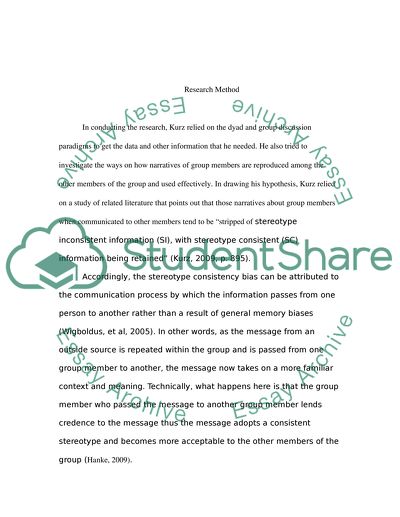Cite this document
(Intergroup Influences on the Stereotype Consistency Bias in Communicat Research Paper, n.d.)
Intergroup Influences on the Stereotype Consistency Bias in Communicat Research Paper. Retrieved from https://studentshare.org/social-science/1563835-writing-assignment-2
Intergroup Influences on the Stereotype Consistency Bias in Communicat Research Paper. Retrieved from https://studentshare.org/social-science/1563835-writing-assignment-2
(Intergroup Influences on the Stereotype Consistency Bias in Communicat Research Paper)
Intergroup Influences on the Stereotype Consistency Bias in Communicat Research Paper. https://studentshare.org/social-science/1563835-writing-assignment-2.
Intergroup Influences on the Stereotype Consistency Bias in Communicat Research Paper. https://studentshare.org/social-science/1563835-writing-assignment-2.
“Intergroup Influences on the Stereotype Consistency Bias in Communicat Research Paper”. https://studentshare.org/social-science/1563835-writing-assignment-2.


